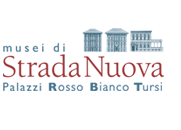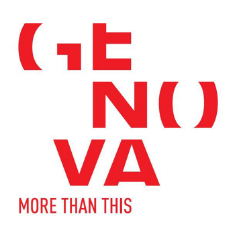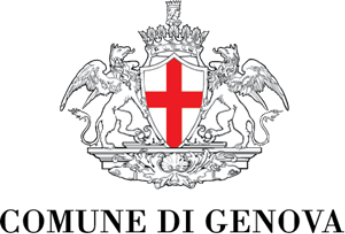
Click here to view image
Saint Matthew the Apostle
Brignole-Sale De Ferrari Maria 1874 Genova - donazione
Procaccini, Giulio Cesare
painting
PR 114
Unità di misura: cm; Altezza: 122; Larghezza: 90
olio su tela
Procaccini, Cerano, Morazzone. Dipinti lombardi del primo seicento dalle civiche collezioni genovesi - Genova - 1992<br>Van Dyck a Genova. Grande pittura e collezionismo - Genova - 1997
The four paintings of the apostles (St Matthew, St Paul, St Simon, St Thomas) were part of a lost series of the twelve apostles, originally completed with images of Christ and the Virgin Mary for a total of fourteen canvases, painted for Gio. Carlo Doria - according to a letter from Simon Vouet - around the end of 1621. However, a second letter written by Orazio Fregoso to Doria in December of the same year documents Procaccini's serious illness, which is why critics had assumed that only St Thomas was painted by the master and that the other paintings, which appeared to be of inferior quality, had been painted by an assistant. However, it seems unlikely that the artist would have entrusted a pupil with the task of completing part of a cycle commissioned by his most illustrious client; moreover, recent restoration work has highlighted the consistent pictorial quality of the four canvases. After 1645, it was inherited by the descendants of Gio. Luca Doria, Gio. Carlo's younger brother, who in 1678 sold one to Ottavio Centurione and five to Cristoforo Centurione Oltremarini. In turn, the latter's son, Pietro Francesco, sold four of the five canvases to Gio. Francesco II Brignole-Sale in 1730, who placed them in Palazzo Rosso. The identity of the saints is clear from the attributes of the figures, which also appear in other series on the same subject, such as the one created by Peter Paul Rubens, now in the Prado: Saint Paul has his hand resting on the hilt of his sword, symbolising his beheading; Saint Thomas holds a spear, the instrument of his martyrdom; Saint Simon holds a book and Saint Matthew a halberd, the weapon with which he was martyred. The figures are monumental and imposing due to their substantial relief and the accentuated twisting movement of their bodies: Procaccini had worked as a sculptor between 1591 and 1599 at the construction site of Milan Cathedral, and this activity undoubtedly influenced his painting style. The marked chiaroscuro of the paintings is common to the formal choices of other Lombard artists active in the early 17th century for religious commissions from the Counter-Reformation Church, in particular Giovan Battista Crespi il “Cerano” and Pier Francesco Mazzucchelli il “Morazzone”. The painting depicts a portrait of Saint Matthew the Apostle holding a halberd.




